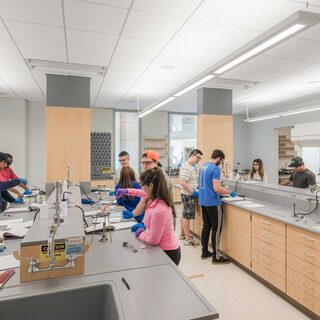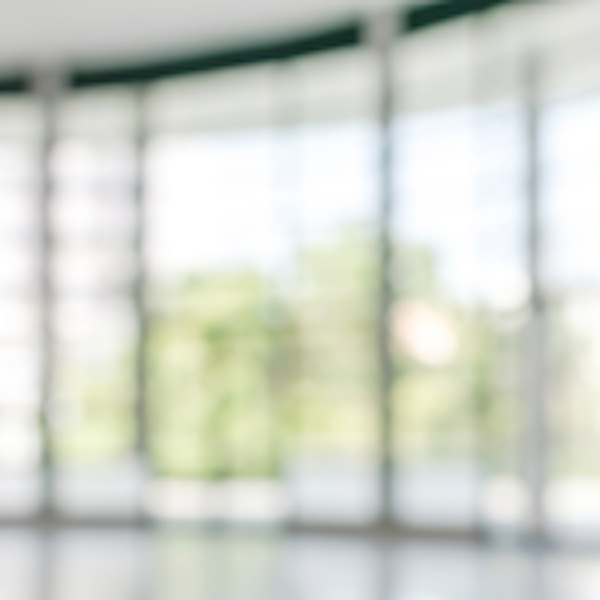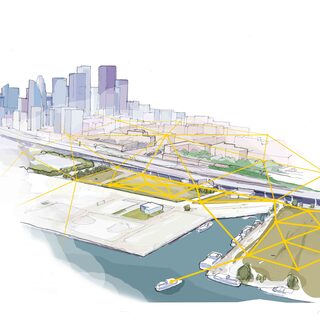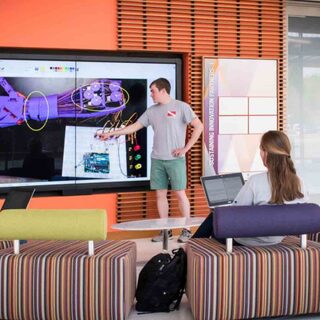Tradeline's industry reports are a must-read resource for those involved in facilities planning and management. Reports include management case studies, current and in-depth project profiles, and editorials on the latest facilities management issues.
Latest Reports
University Hall
The four-story, 191,000-gsf University Hall at University of Massachusetts Boston contains general purpose classrooms and three academic departments: art, performing arts, and chemistry. The building intentionally blends the arts and sciences to create a collaborative learning experience for students that opens the possibilities for a true ‘Renaissance’ academic engagement. University Hall establishes the academic hub of the University and brings a sense of collegial unity to the campus.
Managing Cybersecurity Threats for Building Infrastructure in the IoT Age
While the rapidly growing Internet of Things (IoT) offers tremendous business potential for all types of organizations, it also presents significant new security challenges and privacy concerns. As the number of connected devices grows into the billions, so does the number of risks and exposures through multiple entryways, including building automation systems (BAS). Many of these network-connected devices and applications lack basic security measures because they are rushed to market or deployed rapidly without standard protections. In addition to providing hackers with more opportunities to gain access to corporate networks, exposed IoT devices—some as innocuous as a light bulb—allow hackers to take control over millions of devices at a time and use them to launch large-scale distributed denial of service (DDoS) and other attacks on the internet. This means that, while facility management and operations teams may have the most to gain from IoT platforms and applications, deploying and securing them is now an IT issue.
Utilizing IoT to Create Smarter Spaces, Buildings, and Cities
The Internet of Things (IoT) is a widely used buzzword that refers to a rapidly growing network of internet-connected devices and sensors that transmit data back to a central repository for rapid analysis. This network generates massive amounts of information that can be used to maximize energy efficiency, optimize space use, reduce costs, and increase operational visibility across all types of facilities and organizations. LED lights with sensors, smart grid meters, intelligent HVAC and security systems, even mobile and body-worn devices, all generate tremendous amounts of data that both humans and computers can use to make better decisions.
Academic Science Facilities for the “Renaissance Student”
Science education programs in the U.S. and Europe expect their graduates to be able to think analytically, solve problems creatively and collaboratively, and be critical consumers of information. To support their progress, they must have strategically planned buildings and an integrated curriculum. Universities in Dublin, Ireland, and Lexington, Kentucky, offer tangible examples of this evolution in science education.
New U.K. University Plans Bold Changes to Engineering Pedagogy
While the drive to revamp engineering education continues to gather steam, the bold approach pioneered by the U.K.’s first new university in four decades is more revolutionary than evolutionary. Describing itself as “an unprecedented opportunity to inspire and teach a new generation of engineering talent,” New Model in Technology & Education (NMiTE) will debut with innovations such as a three-year degree program, unconventional admissions criteria, a mandate for gender balance, and a facilities design that won’t be finalized until students give it a trial run.





